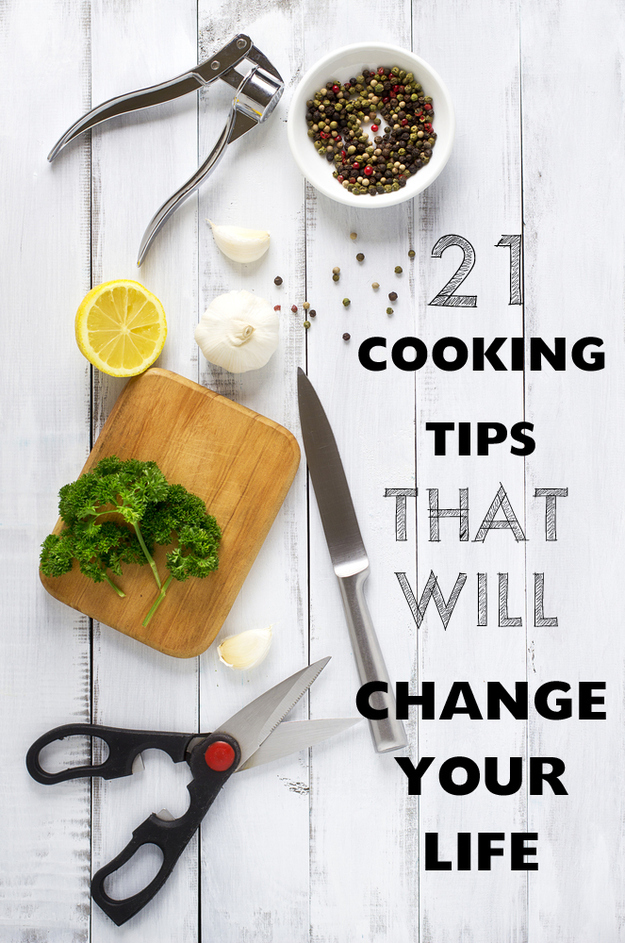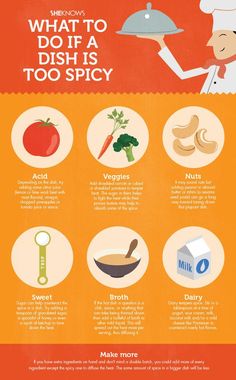
A simple but effective cooking skills checklist should be available for your children. These skills can be used to develop creative recipes or ensure that the kitchen is safe. Here are some tips that will help you develop these important skills in your children. Here is a sample checklist.
Here are some essential culinary skills
An aspiring chef should not only have a culinary degree but also know how to properly prepare food. These skills include determining the freshness of ingredients, preparing meats, fruits, vegetables, and converting standard recipes into larger batches. A chef should have excellent time management skills, and an acute sense of taste and smell. A chef should also be able handle knives and other food equipment.
Sauteing, a versatile cooking technique, can be used for many ingredients. Sauteeing is a great way to make light sauteed veggies and shrimp with garlic butter. Braising is the oldest of cooking methods and usually involves boiling on an open fire. It is a fairly basic skill, but is still very useful. You can learn how to boil a meal and become a great cook. It is important to be able to use a knife safely.
Developing creative recipes
Creativity is key to success when preparing meals. They are a way to show off your creativity and skills. Creative thinking, also known by divergent thinking allows you to think out of the box to develop new ideas. This is an important skill for a cooking career, because it allows you to experiment with different flavors and cooking techniques and impress your customers. Your employer will be impressed by your creativity and willingness to try new flavours. Explore different flavour combinations and create interesting themes for your meals. You can improve your creativity by brainstorming and researching different cooking methods.

One problem with defining cooking skills, is that they are inconsistent. While they disagree about which one is most important, the authors agree that the definition of the skill needs to change. The authors argue that the definitions of skills should evolve from the "Golden Age", when basic cooking skills were not sufficient. To ensure a healthy and vibrant future of food, we must encourage their development and use.
In a kitchen, create a safe space
For the safety of your staff, it is important to create a safe space in a commercial kitchen. The kitchen can be a potentially dangerous place with electrical appliances, bacteria, and an open fire in the oven. First, it is crucial to plan the cleanliness of your kitchen and install safety equipment. Keep children under control in the kitchen. Training employees properly and creating a safety plan are key to avoiding accidents.
All kitchen staff must be trained in fire-safety and fire-resistance. You can get fire-safety training through your local fire department. It is important that kitchen staff know where fire extinguishers or fire blankets are located, how they operate, and how to manually activate the fire-suppression systems. If necessary, training should be given to employees in CPR as well as first aid. Kitchens should have nonslip flooring and mats, if possible.
How to identify food safety hazards
Food safety hazards are an important part of any safety program. It is essential to identify possible hazards when preparing food. Failure to do so could result in brand damage or regulatory action. Codex HACCP compliance in food businesses is vital. Identification of hazards is a key requirement.

There are many physical dangers that could cause injury to humans. They can either be natural or manufactured and can also come from packaging or individuals. Different physical hazards have different probability of causing disease or injury. These hazards aren't necessarily dangerous but must be identified and eradicated before they can cause damage. To identify potential hazards, determine the source of the danger and how to reduce it. You can also observe the product to identify the source of the danger.
FAQ
How long does learning to cook take? How much time do I need?
It all depends on your skill level. Some people can learn basic cooking techniques in as little as a week. Some people take months to learn how to cook. Others may need to wait for years.
The amount of time needed to learn to cook varies considerably based on the person. One example is that someone who has never tried cooking before would likely take more time to learn than someone who cooks often. Some types of cooking are more difficult than others. Baking is more difficult than frying.
If you want to learn how quickly you can cook, you should focus on learning a specific technique. Once you've mastered that technique, move on to another one. You don't need to worry about how many days or weeks it took to learn how to cook. Keep practicing and having fun with the whole process.
How do I learn to cook like a professional?
Cooking is one way to be a better cook. Learning to cook healthy food for yourself and others is a great way to increase self-confidence and develop new skills. Start cooking at home if you want to learn how to cook. It is important to discover what type of recipes you enjoy. Next, you should read books on different cuisines, like Mexican, Chinese, and Italian. Finally, make sure you practice different recipes until you feel confident.
What's the difference between a professional chef and an amateur cook?
A chef prepares meals for others. A cook prepares the food for oneself. Both jobs require the preparation of food. However, chefs work directly with their customers. This means that they can have to decide what food to serve customers based their preferences. The cook doesn't have to interact with customers. Instead, the cook ensures that the food tastes great before serving it to customers.
Statistics
- In the United States, the category is estimated at $23.2 billion annually and is growing faster than the market. (washingtonpost.com)
- You'll be amazed that over 90% of CIA students receive scholarships and grants to finish their culinary studies. (ischoolconnect.com)
- under 10 Kids have been taught that there is special food just for them, and Fiese says that 10 percent of kids will throw a tantrum if they don't get the food they want. (washingtonpost.com)
External Links
How To
How to make a perfect omelet
Omelets are my favorite breakfast dish. How can you make them perfectly? I've tried many different methods and recipes, but none of them seem to work! I have some tips and tricks to help you make delicious, fluffy omelets every single morning.
It is important to know that eggs can be temperamental when making omelets. Eggs must be purchased fresh, preferably organic, and kept chilled until ready for cooking. If you don't keep them cold enough, the whites won't form properly, and the yolks will break down too much and become runny. This makes your omelets look weirdly colored. It is best to use room-temperature eggs if you are going to cook them right away.
You can also separate the egg before you add it to the pan. It is important not to allow any white to mix with the yolk as this could lead to the omelet becoming curdled.
You might burn the bottom of the egg if you place the egg directly on the stovetop. This could ruin the texture of your omelet. Instead, put the egg in the microwave for 10 seconds before putting it into the pan. The microwave heat is sufficient to cook the egg without overcooking.
Let's now talk about mixing eggs. You want to mix the eggs thoroughly before you add them. Turn the bowl upside down and grab the whisk to do this. Next, shake the bowl vigorously. This way, the air inside the bowl gets whipped around and mixes the egg thoroughly.
The fun part is now - adding the milk to the mixture. Fold the eggs in the milk mixture by first pouring half of it into the egg whites. Do not be alarmed if there are still egg streaks visible. Once the omelet flips, these streaks will disappear.
After folding the eggs fold the pan onto medium heat. When the oil starts to hot, wait for the pan to cook. When the oil is hot enough, add 1/4 cup butter to the pan. Stir it around until the butter covers the entire pan. Now carefully crack open the lid of the pan and sprinkle salt into the pan. A pinch of salt will prevent your omelet from sticking in the pan.
Once the omelet forms, cover the pan again. Let the top side set completely. Flip the omelet with a spatula, or flip it upside down. Cook the other side for about a minute. Take the omelet out of the pan and immediately serve.
This recipe works best when you use whole milk.